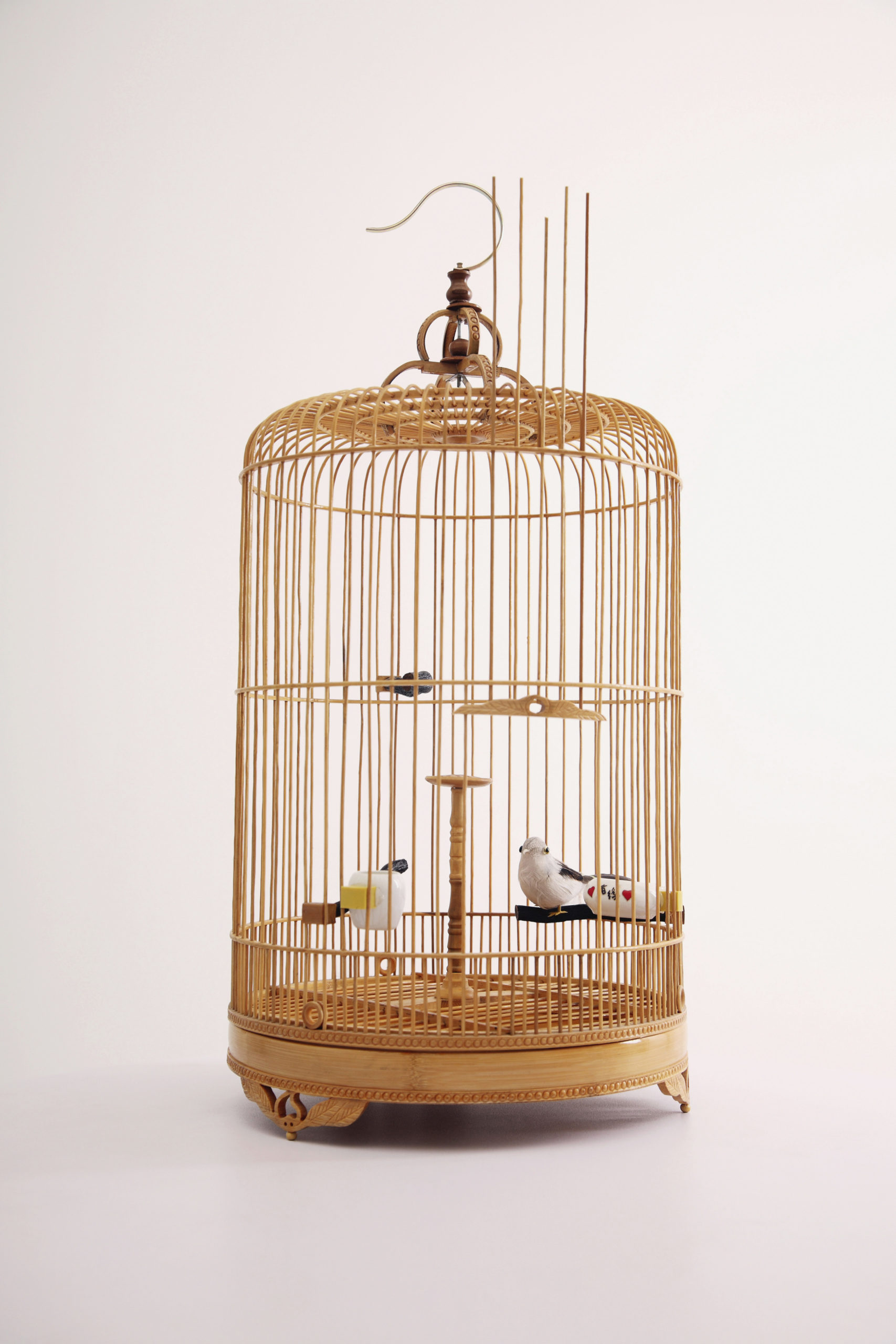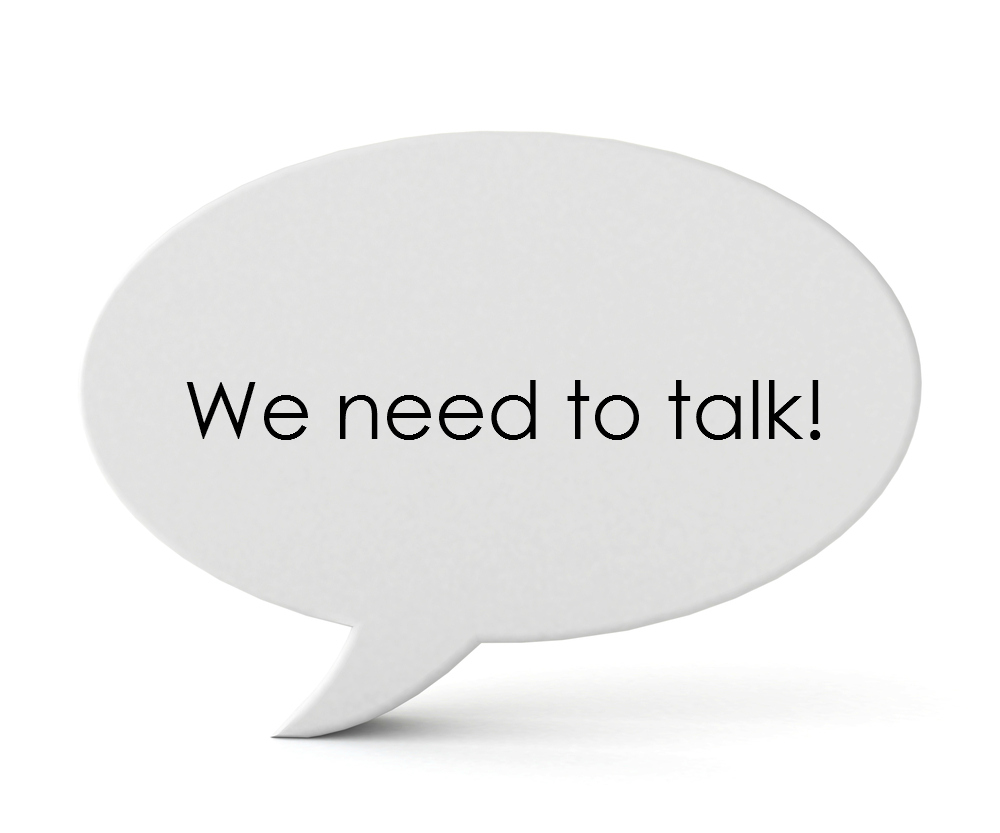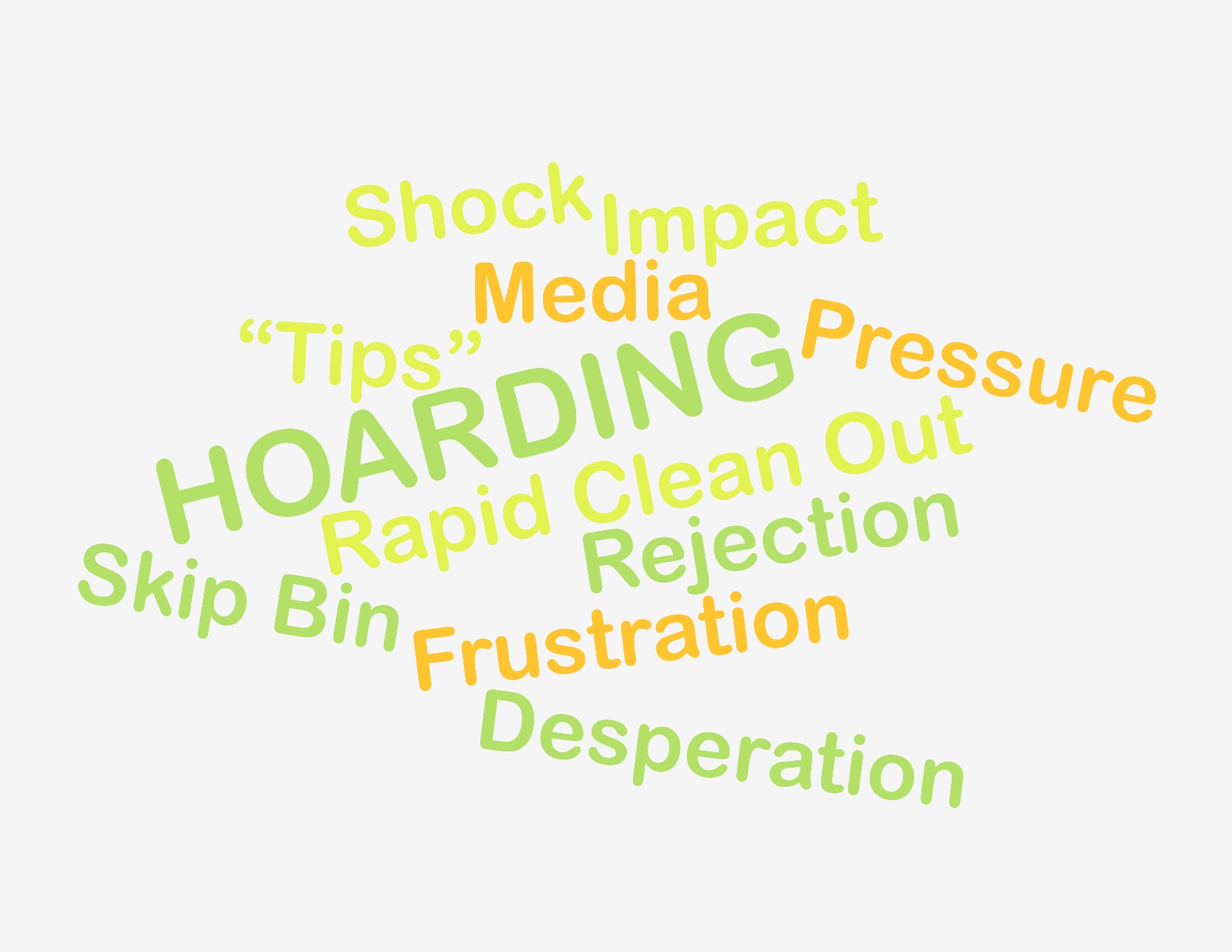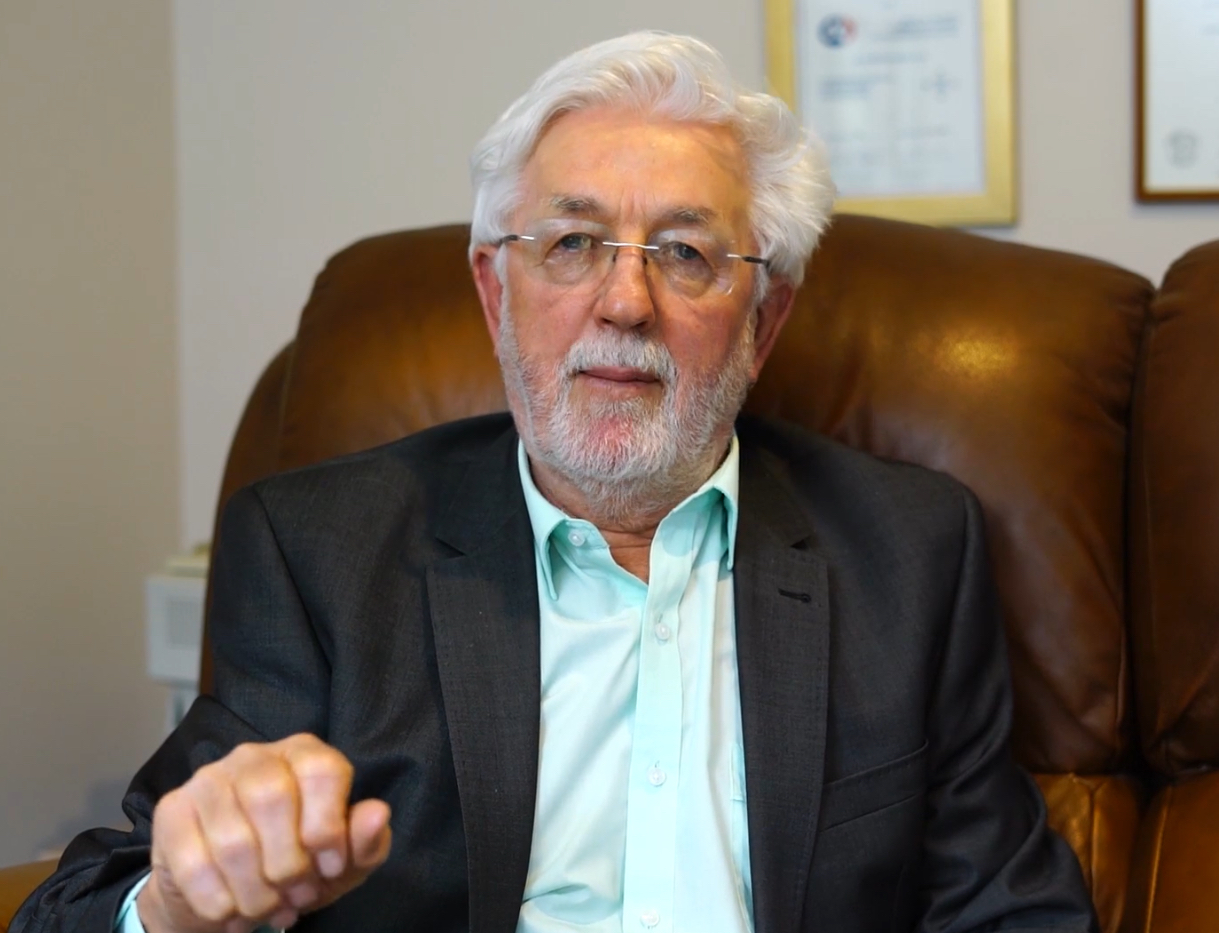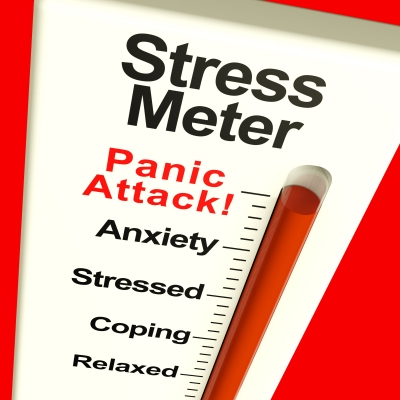 What a shame when the word “hoarder” is bandied about carelessly. And the solution, according to some, is a dose of tough love. It’s nothing but “hoarder” misinformation.
What a shame when the word “hoarder” is bandied about carelessly. And the solution, according to some, is a dose of tough love. It’s nothing but “hoarder” misinformation.
The media has a wonderful opportunity to inform and enlighten. Unfortunately in this case, it doesn’t. Instead, it makes light of a serious mental health disorder, which can only be diagnosed by an appropriate mental health professional. This piece, promoting a television program, seen in the photo, simply perpetuates the stigma, and prolongs the trauma felt by those with Hoarding Disorder. I’m sure that’s not what Peter Walsh had in mind. And I wonder if he will have a word to the show’s publicists?
The shaming of people on television makes for good ratings. And it’s no different for people who hoard. Viewers find it fun to see the transformation and pick up a few organising tips along the way. But before you call the producer to book that makeover, remember what’s behind that 5-minute segment or even hour-long TV show.
The contents of entire rooms are moved into a marquee or offsite location. Everything is sorted, purged and then “just the right amount of stuff” is returned to the home. This method is labour intensive, time consuming and expensive. What’s more, being confronted with an overwhelming volume of items can be distressing and anxiety producing for someone with Hoarding Disorder and does not create an environment for sound decision making… if they’ve been involved in the decision making at all.
That’s why we advocate instead for a much gentler approach. In fact, we teach a few different approaches, which keep the householder, and their safety and well-being, at the centre.
If you have a loved one who hoards, take a look at the Hoarding Home Solutions for Family & Friends online course. There are many things you can do, even when someone is resistant to change, to keep them safe and comfortable.

